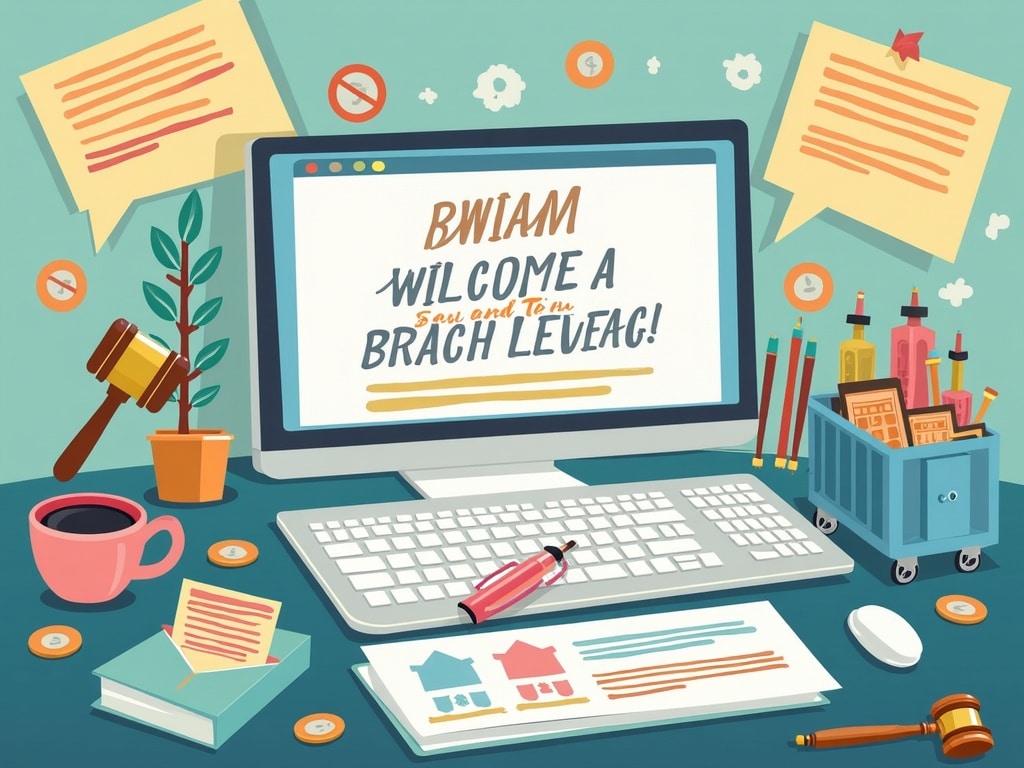How to Legally Hire a Freelancer: A Comprehensive Guide
The gig economy is booming. Maybe you need a website overhaul, a fresh marketing campaign, or just some help managing social media. Hiring a freelancer can seem like the perfect solution – flexible, affordable, and access to specialized expertise. But before you jump in, it’s crucial to understand the legal landscape. Misclassifying an employee as a freelancer can lead to hefty fines, legal battles, and a damaged reputation. This guide will walk you through everything you need to know to legally hire a freelancer, protecting both your business and the individuals you work with.
Understanding the Difference: Freelancer vs. Employee
This is the cornerstone of legally hiring freelancers. The IRS and other government agencies have specific criteria to distinguish between independent contractors (freelancers) and employees. Getting this wrong can trigger significant legal and financial consequences.
Key Factors in Determining Classification
No single factor is decisive, but consider these elements carefully:
- Behavioral Control: Does your company control *howthe worker performs the job? Employees are typically subject to detailed instructions, training, and ongoing supervision. Freelancers have more autonomy over their methods.
- Financial Control: Who controls the financial aspects of the job? Employees are generally reimbursed for expenses and receive a regular wage or salary. Freelancers negotiate their own rates, invoice for their services, and are responsible for their own business expenses.
- Relationship of the Parties: What is the nature of the relationship? Employees often receive benefits like health insurance and paid time off, and their relationship is often ongoing. Freelancers typically work on a project basis and don’t receive benefits.
Example: Imagine you hire someone to write blog posts. If you dictate the exact topics, writing style, and require them to work from your office during specific hours, they’re likely an employee. If they propose topics, write in their own style, work from wherever they choose, and invoice you for each post, they’re more likely a freelancer.
Step-by-Step Guide to Legally Hiring a Freelancer
- Clearly Define the Project Scope: Before you even start searching for freelancers, outline the project’s deliverables, deadlines, and budget. This clarity will help you find the right fit and avoid misunderstandings later on.
- Use a Solid Contract: A written contract is essential. It protects both you and the freelancer. Key elements to include:
- Scope of Work: A detailed description of the services the freelancer will provide.
- Payment Terms: How much will the freelancer be paid? When will they be paid? Are there any penalties for late payments?
- Timeline: Start and end dates for the project.
- Ownership of Work: Who owns the copyright and intellectual property rights to the work created?
- Confidentiality: If the freelancer will be handling sensitive information, include a confidentiality clause.
- Termination Clause: Outline the conditions under which either party can terminate the contract.
- Independent Contractor Clause: Explicitly state that the freelancer is an independent contractor and not an employee. This is important but not definitive, the actual working practices are what matters most.
- Properly Vet Your Freelancers: Check their references, review their portfolio, and conduct thorough interviews. Make sure they have the skills and experience necessary to complete the project successfully.
- Maintain Arm’s Length Relationship: Treat freelancers like independent business owners, not employees. Avoid dictating their work hours, methods, or location.
- Pay Promptly and Accurately: Adhere to the payment terms outlined in the contract. Pay on time and in the agreed-upon amount.
- Don’t Provide Employee Benefits: Freelancers are responsible for their own benefits, such as health insurance, retirement plans, and paid time off. Offering these benefits can blur the lines between freelancer and employee.
- Obtain a W-9 Form: Request a completed W-9 form from each freelancer you hire. This form provides you with their Taxpayer Identification Number (TIN), which you’ll need to report payments to the IRS.
- File 1099-NEC Forms: If you pay a freelancer $600 or more in a calendar year, you’re required to file Form 1099-NEC with the IRS and provide a copy to the freelancer.
Red Flags to Avoid
Certain practices can increase your risk of misclassifying a worker as a freelancer:
- Requiring Attendance: Demanding the freelancer be present at your office during specific hours.
- Providing Extensive Training: Giving the freelancer the same training as your employees.
- Using Company Equipment: Providing the freelancer with company-owned equipment, such as a laptop or phone.
- Ongoing Relationship: Hiring the same freelancer for an extended period, especially if their work is integral to your core business.
- Lack of Independence: The freelancer’s work is closely supervised and controlled by your company.
State Laws and Regulations
Federal laws are just one piece of the puzzle. Many states have their own laws governing worker classification, and these laws may be stricter than the federal guidelines. Research the specific laws in your state to ensure compliance. State labor departments are a good starting point.
Example: California’s AB5 Law
California’s Assembly Bill 5 (AB5) is a prime example of a state law that significantly impacts worker classification. AB5 presumes that a worker is an employee unless the hiring entity can prove that the worker meets a strict ABC test. This test requires the hiring entity to demonstrate that:
- (A) The worker is free from the control and direction of the hiring entity in connection with the performance of the work, both under the contract for the performance of the work and in fact.
- (B) The worker performs work that is outside the usual course of the hiring entity’s business.
- (C) The worker is customarily engaged in an independently established trade, occupation, or business of the same nature as that involved in the work performed.
AB5 has created significant challenges for businesses in California and has led to numerous lawsuits and legislative amendments. It highlights the importance of staying informed about state-specific regulations.
Consequences of Misclassification
The penalties for misclassifying an employee as a freelancer can be severe. These can include:
- Back Taxes: You may be liable for unpaid payroll taxes, including Social Security, Medicare, and unemployment taxes.
- Penalties and Interest: The IRS can assess penalties and interest on unpaid taxes.
- Employee Benefits: You may be required to reimburse the worker for the employee benefits they should have received, such as health insurance and paid time off.
- Fines: State and federal agencies can impose fines for violating labor laws.
- Lawsuits: The misclassified worker can sue you for damages, including lost wages and benefits.
- Reputational Damage: Being accused of misclassifying workers can damage your company’s reputation.
Protecting Your Business
Here are some proactive steps you can take to minimize your risk of misclassification:
- Consult with an Attorney: An employment law attorney can review your hiring practices and contracts to ensure compliance with federal and state laws.
- Conduct Internal Audits: Regularly review your freelancer relationships to identify any potential misclassification issues.
- Stay Up-to-Date on the Law: Labor laws are constantly evolving. Subscribe to legal newsletters and attend industry conferences to stay informed.
- Err on the Side of Caution: If you’re unsure whether a worker should be classified as a freelancer or an employee, consult with an expert. It’s better to be safe than sorry.
The Future of Freelancing and the Law
The legal landscape surrounding freelancing is constantly changing. As the gig economy continues to grow, lawmakers are grappling with how to balance the flexibility and innovation of freelancing with the need to protect workers’ rights. Expect to see continued legislative activity in this area, so staying informed is more crucial than ever.
Conclusion: Compliance is Key
Hiring freelancers can be a fantastic way to access specialized skills and grow your business. However, it’s essential to approach it with caution and a thorough understanding of the legal requirements. By following the steps outlined in this guide and seeking expert advice when needed, you can legally hire freelancers and avoid costly and damaging legal battles. Ignoring these crucial aspects can lead to crippling financial and reputational damage – make sure you take the proper steps to protect your business and your collaborators.





